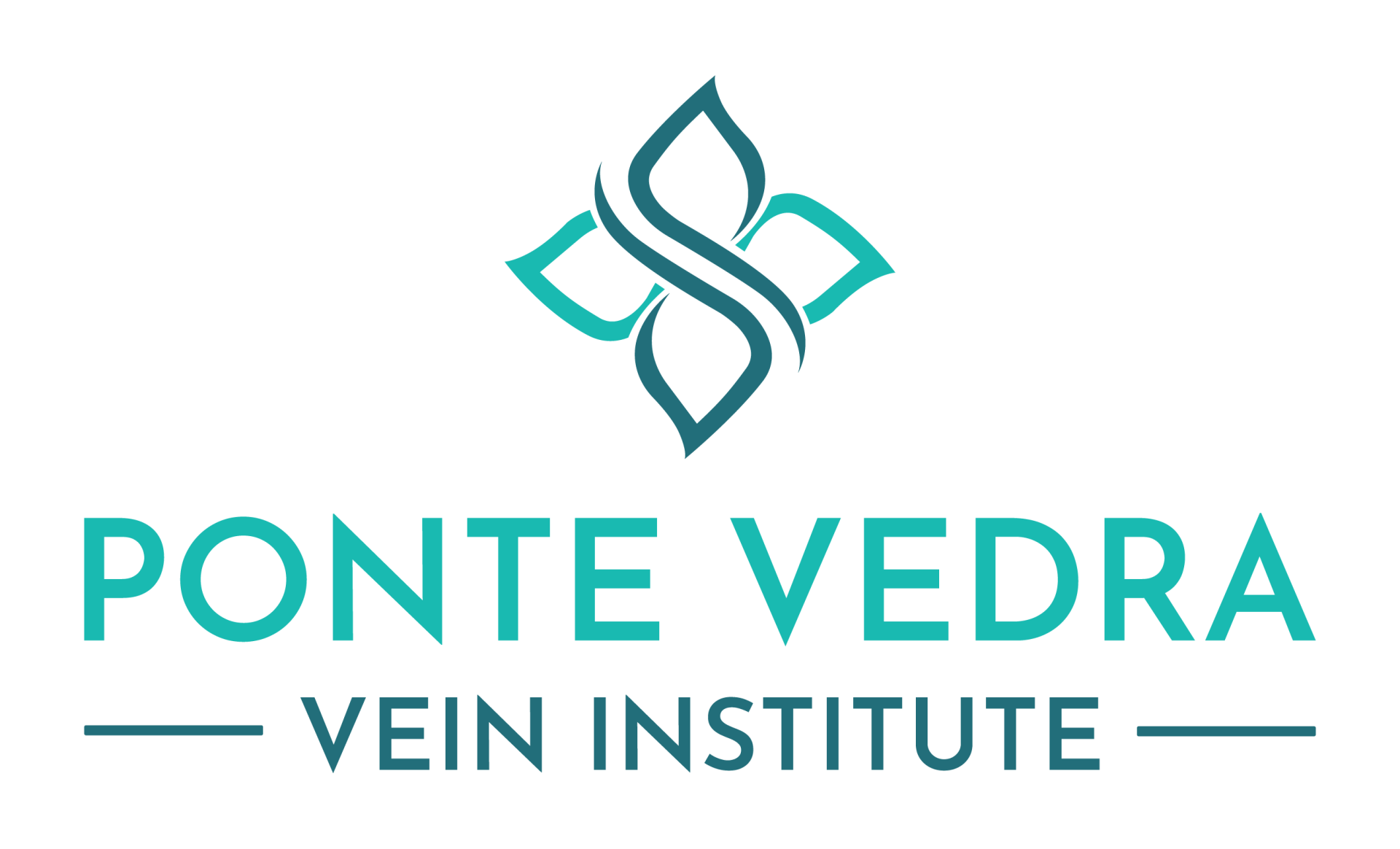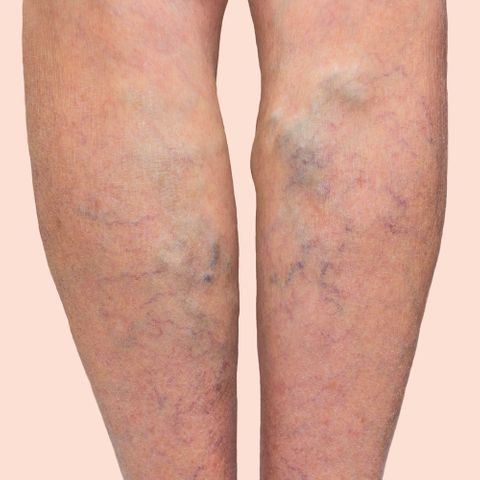MEDICAL TREATMENTS
OUR PATIENTS ARE OUR PASSION
Venous Disease
Approximately 27 percent of American adults have some type of venous disease in their legs, according to the Vascular Disease Foundation. This equates to an estimated 20 to 25 million people in the U.S. who suffer from one of many serious venous diseases and disorders, and the numbers are even higher among older Americans. At Ponte Vedra Vein Institute, we specialize in diagnosing and treating the entire spectrum of venous disease.
Causes
Venous disease results when veins’ walls and valves are damaged or weak and do not function properly. Normally, valves in veins and muscles work together to move blood forward to the heart. Muscles contract to squeeze the blood along; when they relax, valves prevent the blood from moving backward. When a venous disorder or disease is present, valves can be too weak to perform their normal function, allowing blood to pool or flow in both directions. Venous or vascular disease is associated with a number of issues.
Types of Venous Disease Include:
- Varicose Veins
Varicose veins affect one in five adults and about 16 percent of folks age 60 or older, adding up to 40 million people in the US alone. Varicose veins have a thick, rope-like appearance and typically appear on the legs. Women are at least twice as likely as men to develop them. Many people who have this condition may find the veins unsightly which can get in the way of one’s self-esteem.
- Spider Veins
Many women (and men) cope with spider veins--small clusters of red, blue or purple veins. While spider veins may appear anywhere on the body, they typically are found on the legs. Unlike varicose veins, spider veins are not raised.
The exact cause of spider veins is unknown. Heredity, pregnancy, hormonal changes, sun damage, aging, weight changes or jobs involving long periods of sitting or standing are believed to be the main factors contributing to spider veins. Spider veins are not just a concern for older folks. In fact, they may sometimes develop in people who are in their 20s.
- Chronic Venous Insufficiency (CVI)
Vein problems such as varicose or spider veins are often just cosmetic concerns. However, they may be signifying an underlying health issue known as chronic venous insufficiency, or CVI.
CVI occurs when the valves in the veins are not working properly. Healthy veins move blood towards the heart, and they have valves that keep the blood from leaking the opposite way. When the valves are leaking, venous insufficiency occurs.
- Deep Vein Thrombosis (DVT)
A blood clot in a deep vein, usually in the legs.
This condition is serious because blood clots can loosen and lodge in the lungs.
Leg pain or swelling may occur, but there may be no symptoms.
Causes
Symptoms of venous or vascular problems in the legs include:
- Swelling or changes in the skin
- Aching, burning sensations, fatigue, itching, or feelings of heaviness
- Pain or cramping in the calves
- Leg ulcers
- Enlarged or varicose veins
Left untreated, venous disease can worsen and become more severe. Some conditions—such as deep vein thrombosis, or blood clots that can break loose and travel to the lungs—can even be life-threatening. Medical care for venous issues should be sought as soon as possible.
Pelvic Veins
What is pelvic congestion syndrome?
Pelvic congestion syndrome (PCS) may also be referred to as pelvic venous congestion syndrome (PVCS), ovarian vein reflux, or ovarian vein and pelvic varices. The chronic pain of PCS may be caused by varicose veins in the thigh, or vaginal or buttock regions.
As with varicose veins, veins in the pelvic area may become less elastic or the valves that prevent blood from flowing backwards become weakened. This allows blood to pool and the vein to enlarge.
Unlike many varicose veins that are easily seen on the skin’s surface, the veins involved with PCS may be more difficult to detect. It’s important to seek treatment from specially trained vascular and interventional radiology specialists who can accurately diagnose PCS and recommend the most appropriate treatment.
Signs and symptoms of pelvic congestion syndrome:
When a vein’s valves are compromised or the vein is enlarged due to a loss of elasticity, patients may experience one or more of these symptoms:
- Pain or aches in the lower abdomen or pelvic area
- A sensation of fullness in the legs
- Pain that worsens when lifting or standing
- Pain that worsens as the day goes on, then lessens after a night’s sleep
- Urinary symptoms, such as worsened stress incontinence
Some pregnant women develop the condition, which can continue after pregnancy. Symptoms may also coincide with a woman’s menstrual cycle as hormone levels fluctuate.
Phone: (904) 834-9210
Address: 330 A1A North, Suite #321, Ponte Vedra Beach, FL 32082
Business Hours
- Monday
- -
- Tue - Fri
- -
- Sat - Sun
- Closed





OAC, CareCredit
Content, including images, displayed on this website is protected by copyright laws. Downloading, republication, retransmission or reproduction of content on this website is strictly prohibited. Terms of Use | Privacy Policy


